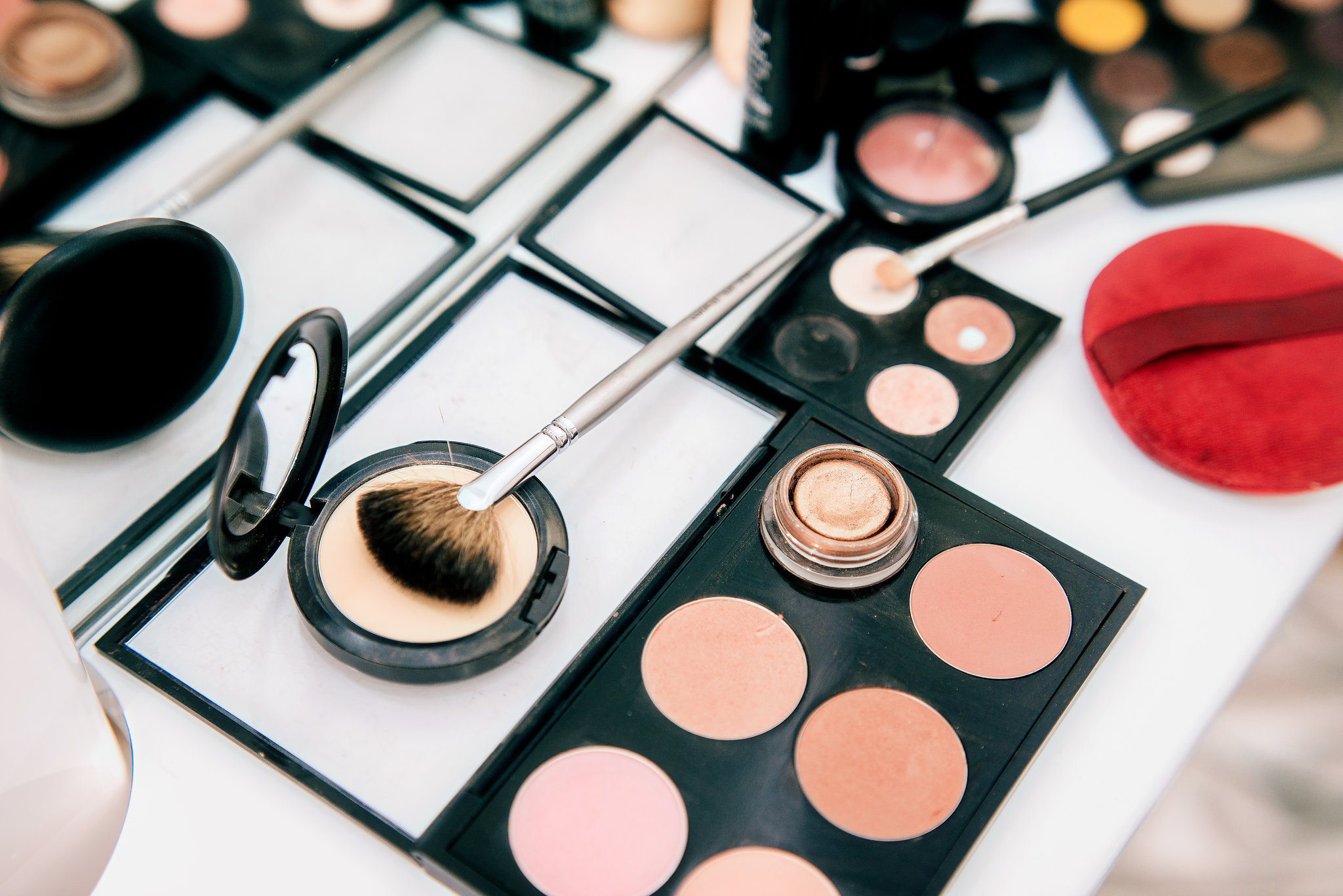Has your inner nail geek ever caused you to wonder what makes the products we apply to the nail plate stay there? The first rule of great adhesion is proper nail preparation. “Most manufacturers have great systems, but when users fail to follow their recommendations and the fingernail isn’t prepared correctly, you won’t see adhesion,” says Jim McConnell, president of Light Elegance. Adhesion problems can show up in different ways depending on the product and system you are using.
“The keratin of the fingernail needs to be prepared properly to allow the enhancement resin system to bond correctly,” McConnell explains. “Some manufacturers use pH balancers, cleansers, surface treatments, and other potential options. These surface treatments will chemically alter the fingernail to allow better adhesion.”
All nail coatings require the nail to be free of cuticle, that transparent tissue arising from the proximal nail fold. Any remaining cuticle will act like wax paper on a cookie sheet, preventing things from sticking and allowing them to slide or peel off.
Make sure you know how to use your cuticle product. Does it need to be removed with plain water or soapy water? Are you using a cuticle remover meant for manicures or home care that adds oils to the nail, which can become adhesion blockers? Knowing what cuticle product works for you and how to use it will give you a definite adhesion advantage.
Next is the question of whether to buff the nail. This is something you should know from your product instructions. Some products are designed to be applied to a nail that has not been buffed, and buffing in this instance can lead to nail damage, most notably in the formation of white spots. Other products require a light buffing or removal of shine in order for the product to stick to the nail properly.
Finally, the nail is prepped with a cleanser and a dehydrator. Some cleansers may combine the two functions, while other systems will have separate products for cleansing and dehydrating. The end result is a clean, naked nail that is the ideal foundation for successful product application and wear.
By using the specific bonding product a manufacturer recommends for use with its other products, you’re more likely to achieve the results promised by the manufacturer. In other words, if you use Cleanser A because it smells pretty, Bonder B because of the lovely packaging, and Surface Treatment C because it was on sale, you may not get the results you expect. The other part of the equation is using each product according to its directions and in the order set forth by the manufacturer. While it’s fun to bend (or even break) the rules of nail design, your foundational structure needs to follow the rules precisely, so your creation doesn’t “just fall off” and wind up lying in bed next to your client.
The Stick Factor
Putting aside questions of technique for a moment, what creates the bond between the nail and the product applied to it? “The key to adhesion is compatibility between the resin system [your product] and the substrate [the surface of the nail],” McConnell explains. “Adhesion promoters — anything from a base coat in a polish system to a primer in an enhancement system — will give increased compatibility with the fingernail. This means that the adhesion promoter will lay down on the fingernail smoothly to allow the best adhesion to the fingernail’s keratin surface.” McConnell recommends using adhesion promoters that are standalone products, rather than combined with another product.
One way to visualize this would be to imagine Velcro [see illustration]. Pretend that your adhesive resin is the Velcro and that one side sticks to the nail coating, while the other side sticks to the nail plate. While not all products use that style of adhesion, you can get an idea of the role adhesion promoters play. If dirt, oil, or cuticle remains on the nail plate, it could prevent the “Velcro” from sticking altogether, or allow the coating to peel off after the client leaves the salon. And as we all know, it’s much easier to pick at product that has started lifting on its own!
How Molecules Attract






Leave A Comment
You must be logged in to post a comment.